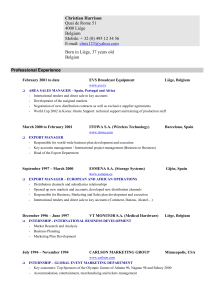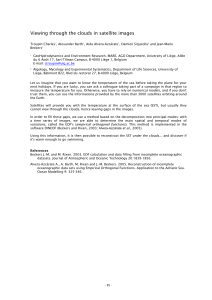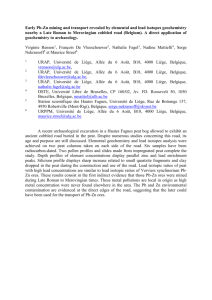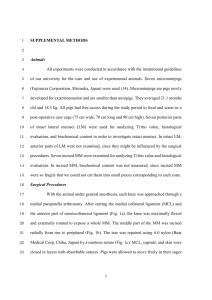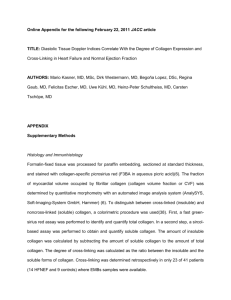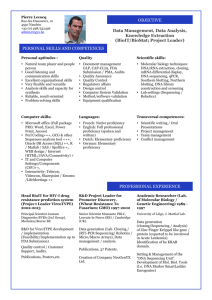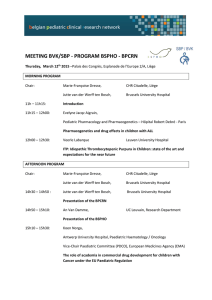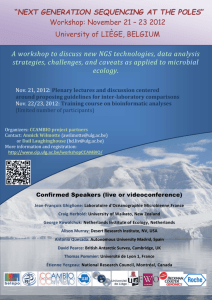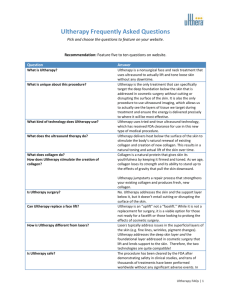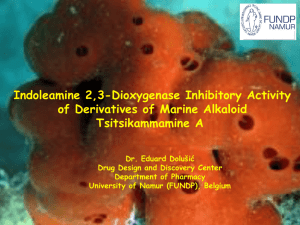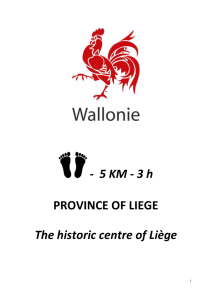Quantitative Analysis of the Relative Abundance Changes
advertisement
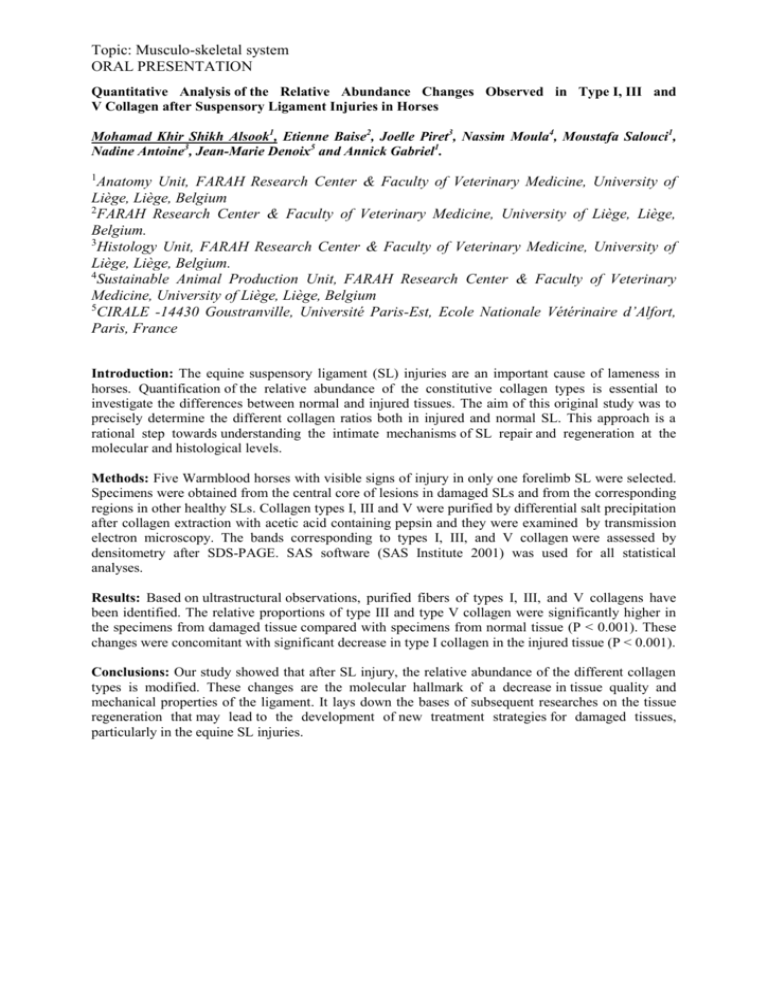
Topic: Musculo-skeletal system ORAL PRESENTATION Quantitative Analysis of the Relative Abundance Changes Observed in Type I, III and V Collagen after Suspensory Ligament Injuries in Horses Mohamad Khir Shikh Alsook1, Etienne Baise2, Joelle Piret3, Nassim Moula4, Moustafa Salouci1, Nadine Antoine3, Jean-Marie Denoix5 and Annick Gabriel1. 1 Anatomy Unit, FARAH Research Center & Faculty of Veterinary Medicine, University of Liège, Liège, Belgium 2 FARAH Research Center & Faculty of Veterinary Medicine, University of Liège, Liège, Belgium. 3 Histology Unit, FARAH Research Center & Faculty of Veterinary Medicine, University of Liège, Liège, Belgium. 4 Sustainable Animal Production Unit, FARAH Research Center & Faculty of Veterinary Medicine, University of Liège, Liège, Belgium 5 CIRALE -14430 Goustranville, Université Paris-Est, Ecole Nationale Vétérinaire d’Alfort, Paris, France Introduction: The equine suspensory ligament (SL) injuries are an important cause of lameness in horses. Quantification of the relative abundance of the constitutive collagen types is essential to investigate the differences between normal and injured tissues. The aim of this original study was to precisely determine the different collagen ratios both in injured and normal SL. This approach is a rational step towards understanding the intimate mechanisms of SL repair and regeneration at the molecular and histological levels. Methods: Five Warmblood horses with visible signs of injury in only one forelimb SL were selected. Specimens were obtained from the central core of lesions in damaged SLs and from the corresponding regions in other healthy SLs. Collagen types I, III and V were purified by differential salt precipitation after collagen extraction with acetic acid containing pepsin and they were examined by transmission electron microscopy. The bands corresponding to types I, III, and V collagen were assessed by densitometry after SDS-PAGE. SAS software (SAS Institute 2001) was used for all statistical analyses. Results: Based on ultrastructural observations, purified fibers of types I, III, and V collagens have been identified. The relative proportions of type III and type V collagen were significantly higher in the specimens from damaged tissue compared with specimens from normal tissue (P < 0.001). These changes were concomitant with significant decrease in type I collagen in the injured tissue (P < 0.001). Conclusions: Our study showed that after SL injury, the relative abundance of the different collagen types is modified. These changes are the molecular hallmark of a decrease in tissue quality and mechanical properties of the ligament. It lays down the bases of subsequent researches on the tissue regeneration that may lead to the development of new treatment strategies for damaged tissues, particularly in the equine SL injuries.
